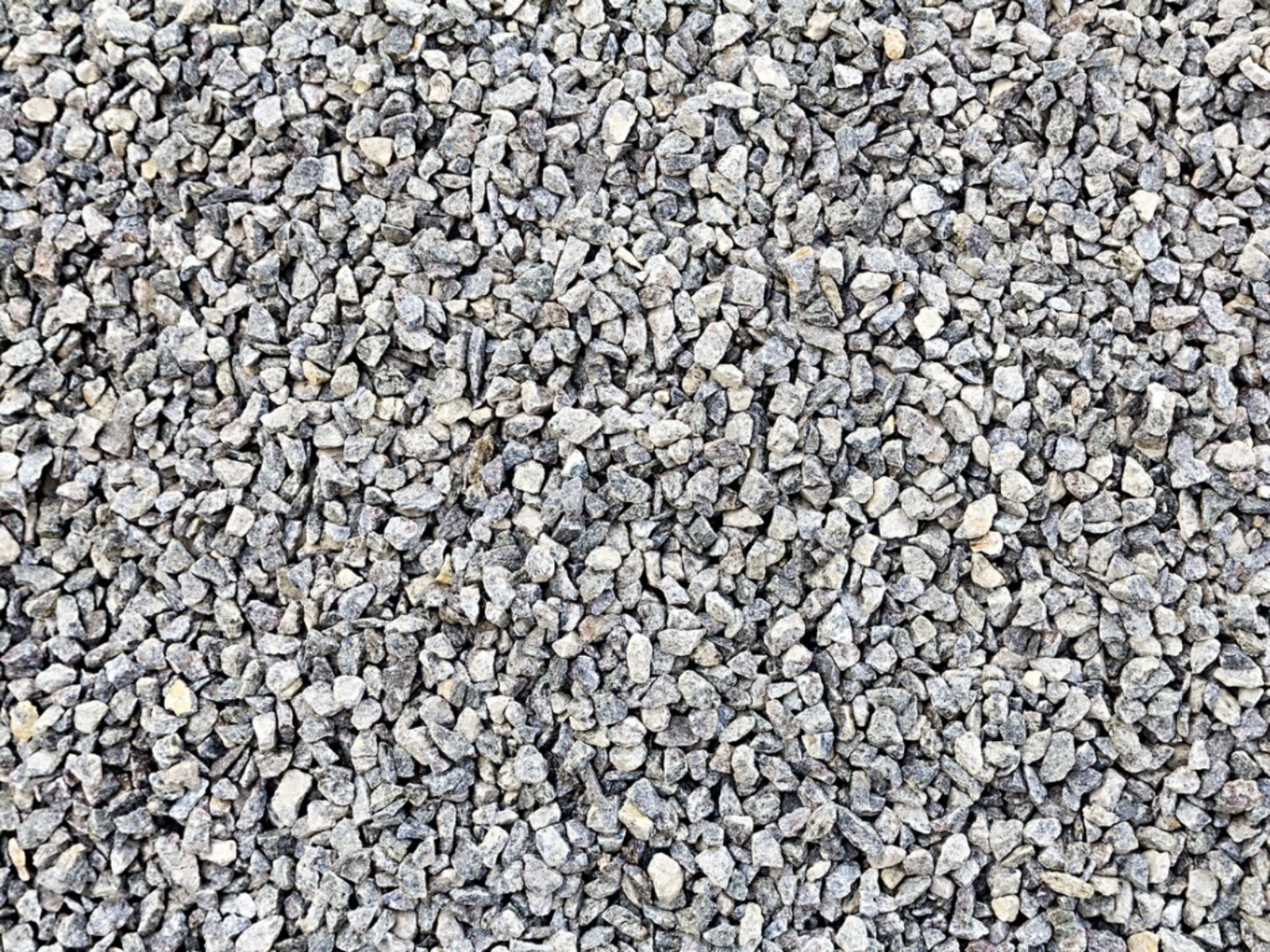The Gravel Myth Of Xeriscaping


Xeriscaping is the art of creating a landscape that lives in harmony with a surrounding dry environment rather than in spite of it. Many times when someone first discovers the idea of xeriscaping, they think that it should have vast amount of gravel incorporated into it. This is just not true. Xeriscaping is meant to help a homeowner work with existing native plants to create a water-wise landscape, not remove plants completely from the picture.
Gravel in the Landscape
Too much gravel in the landscape may not be wise. There are many reasons why large amounts of gravel are not an ideal addition to a xeriscaped yard. The first is that gravel tends to reflect rather than absorb the heat in these areas. The reflected heat will add stress to the plants that are planted in the graveled area. The second reason is that gravel may harm your xeriscape by working its way into the soil. A gravel heavy soil can harm future plantings and make it difficult for you, the homeowner, to add plants to your landscape in the future. The only option you have to prevent the gravel from working into the ground is an undercovering of some kind such as plastic. This, however, will in turn keep water and nutrients from getting into the soil- also harming your landscape plantings. Another reason not to use large amounts of gravel in a xeriscaped landscape is that what heat is not reflected from the surface of the gravel will be absorbed by it and then released long after the sun has gone down. This will have the effect of continually baking the roots of any plants that are planted within these gravel areas.
Alternatives to Gravel
In xeriscaping though, you do have alternatives to gravel. One of those alternatives is to just use traditional organic mulch such as wood mulch. Organic mulches will absorb the heat and safely pass it through to the underlying soil. This will have the overall effect of keeping the soil temperature at a constant, cooler level. Also, the organic mulch will eventually break down and add to the nutrients of the soil, while still allowing water and other nutrients to find their way into the soil. Plant alternatives can be used too. Drought tolerant ground cover, such as Turkish veronica or creeping thyme will help keep moisture in the soil while suppressing weeds. They also add a nice green backdrop to surrounding plants. So, you see, despite the idea that gravel is a part of the xeriscaping landscape, the uses of it can be more harmful than helpful. You are far better off using some other alternative of mulching in your xeriscaped landscape instead.
Sign up for the Gardening Know How newsletter today and receive a free copy of our e-book "How to Grow Delicious Tomatoes".

Nikki Tilley has been gardening for nearly three decades. The former Senior Editor and Archivist of Gardening Know How, Nikki has also authored six gardening books.